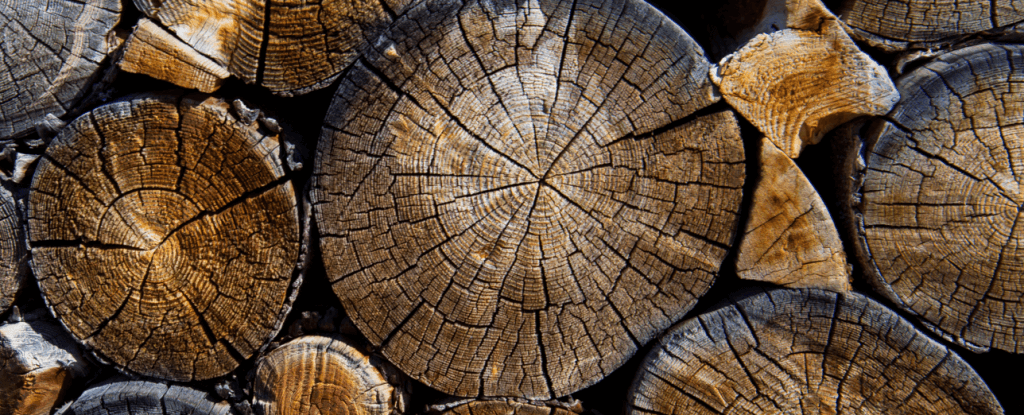7 facts you need to know about the US/Canada softwood lumber dispute

1 | Canadian lumber – unfair subsidization?
The root of the US / Canada Softwood Lumber dispute is based on the claim that the Canadian Lumber industry is unfairly subsidized by Federal and Provincial Governments as most timber in Canada is owned by the Provincial Governments.
2 | Harvesting price structure
The prices charged to harvest the timber (stumpage fee) are set administratively, instead of through the marketplace which is how the US normally handles.
3 | Trade remedy laws
The US claimed it was an unfair subsidy and should be subject to US trade remedy laws where foreign goods benefiting from subsidies can be subject to a countervailing duty tariff, to compensate for the subsidy and bring the price of the product back up to market rates.

4 | Agreement expiration
The Softwood Lumber agreement between Canada and the the Unites States was signed on September 12, 2006 and came into effect on October 12, 2006. The Softwood Lumber Agreement expired on October 12, 2015.
5 | Countervailing and antidumping duties
The Agreement meant that the US would lift the countervailing and antidumping duties providing the lumber prices stayed above a certain range. Canada agreed to enforce the regulations.
6 | Canadian monitoring program
The Canadian Government is considering a monitoring program for shipments of softwood lumber products. The monitoring program will be administered through the issuance of export permits by the Minister of Foreign Affairs. The object of the program is to collect data around softwood lumber exports to the US for 1 year.
7 | Future of softwood lumber?
At this time no agreements have been determined between Canada and the US in regards to the future of Softwood Lumber Exports.

